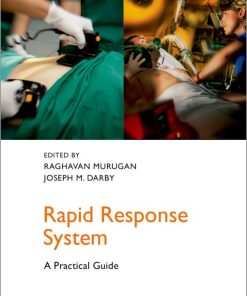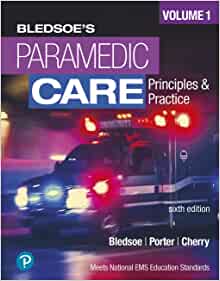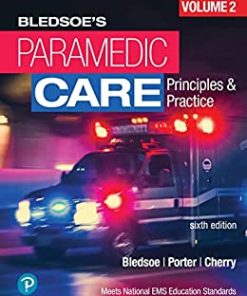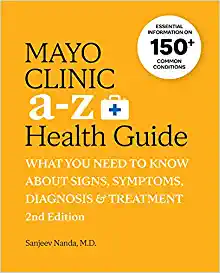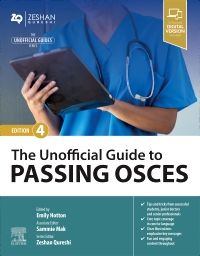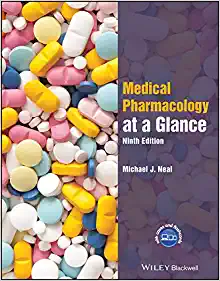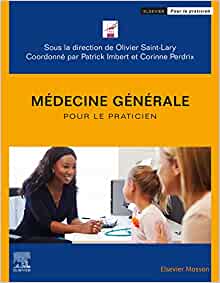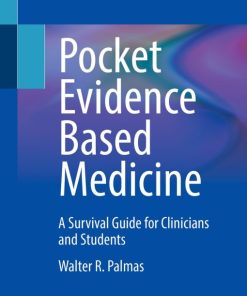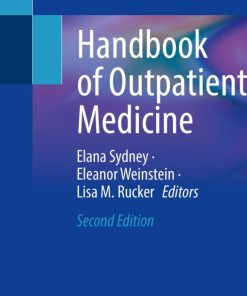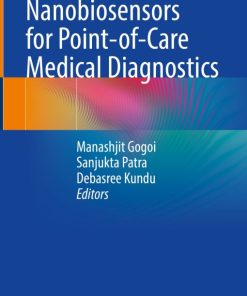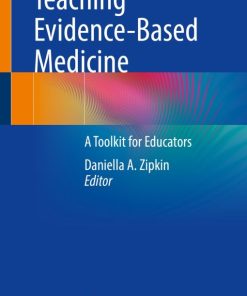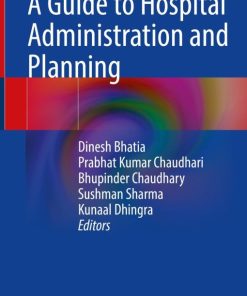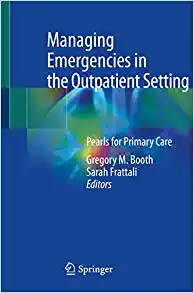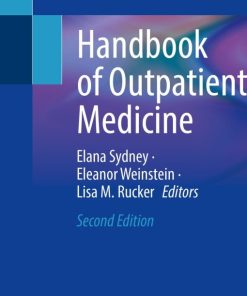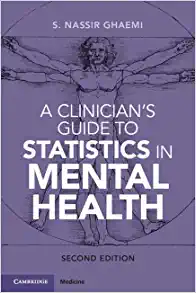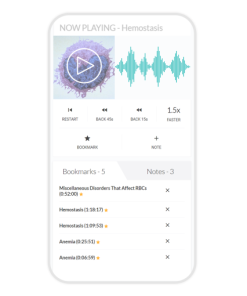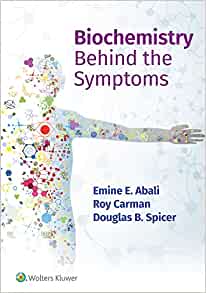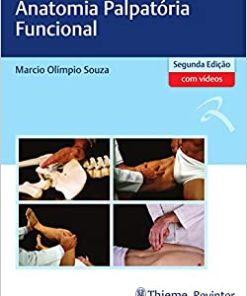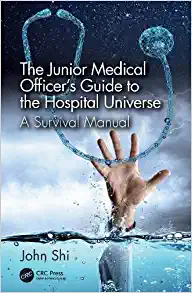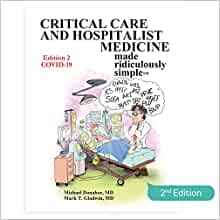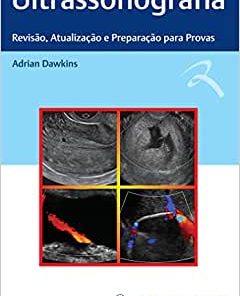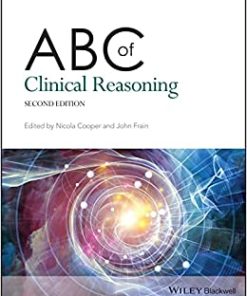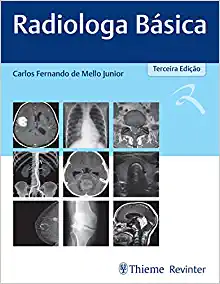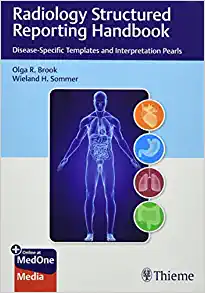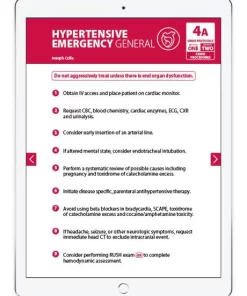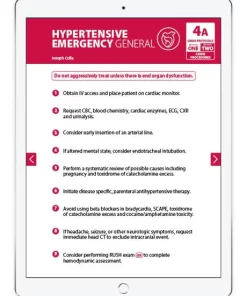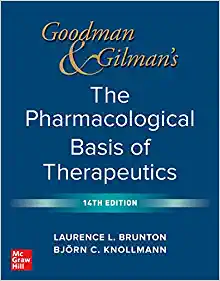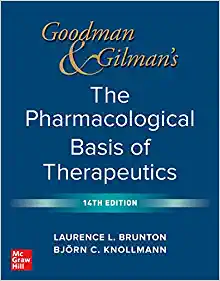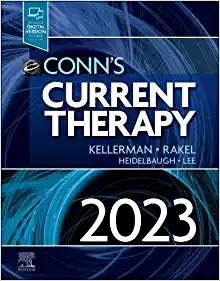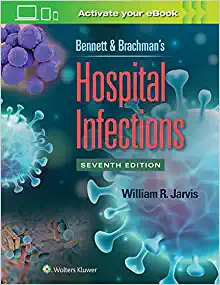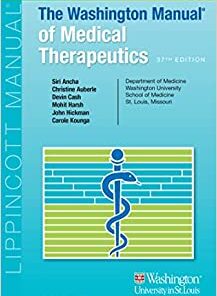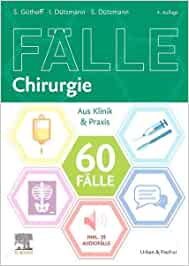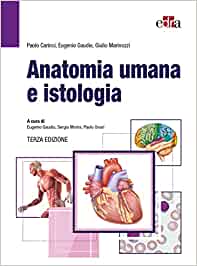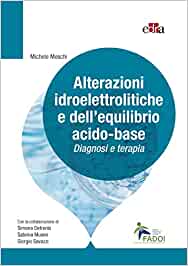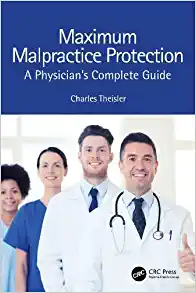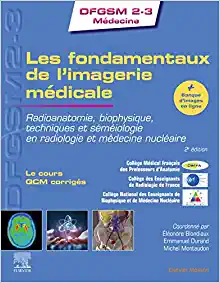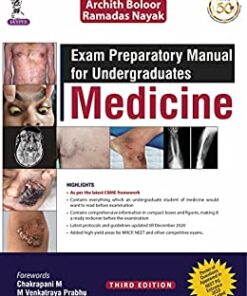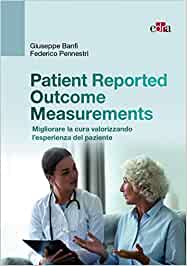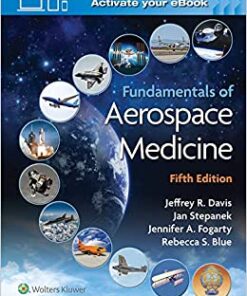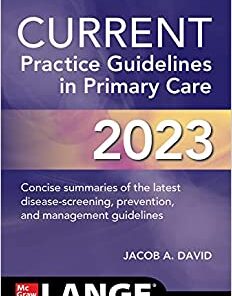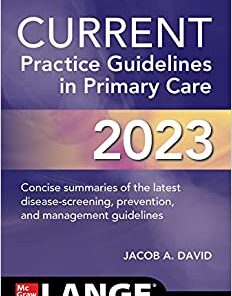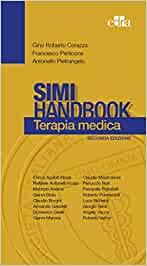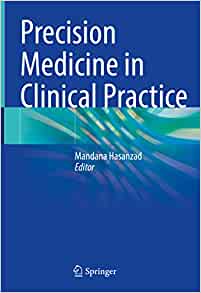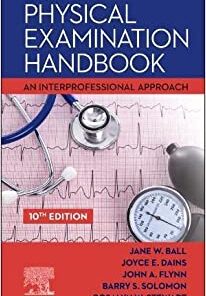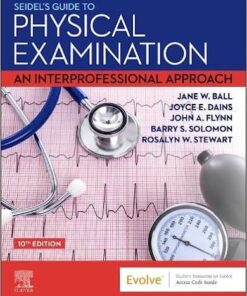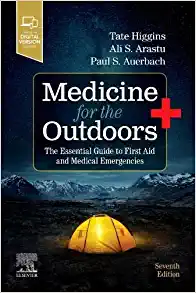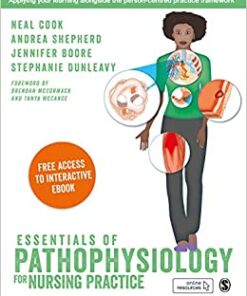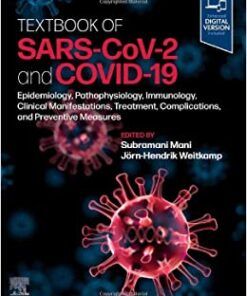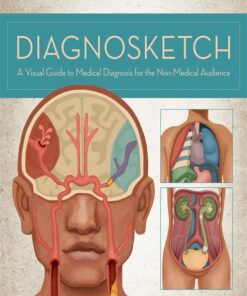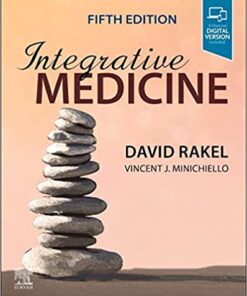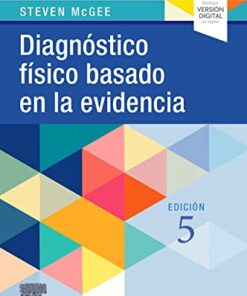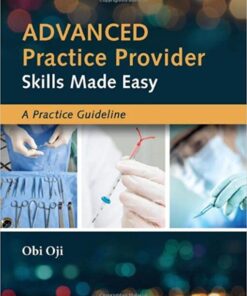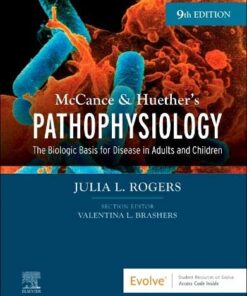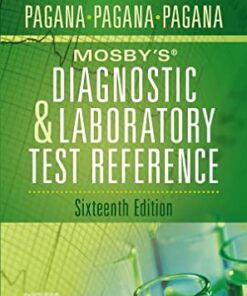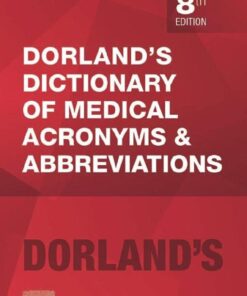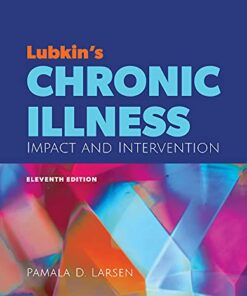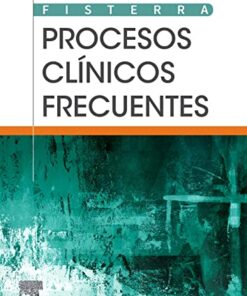Audiology: Science to Practice 4th Edition 2022 Original pdf
$10
Audiology: Science to Practice 4th Edition 2022 Original pdf
With two new chapters, improved artwork, and significant updates made throughout to increase readability, the fourth edition of Audiology: Science to Practice continues to be the most comprehensivetextbook for audiology and hearing science courses, as well as for health care professionals wanting a better understanding of hearing science and audiology practices. It is written in a style that makes new or difficult concepts relatively easy to understand, while still providing more coverage of hearing and vestibular science and clinical audiology than other introductory texts.
Topics include information about the profession of audiology, acoustics, anatomy and physiology of the auditory and vestibular systems, preparing for the patient, otoscopy, pure-tone audiometry and speech measures, audiogram interpretations, masking, tympanometry, acoustic reflexes, wideband acoustic immittance, otoacoustic emissions, auditory brainstem responses, hearing screening, hearing aids, assistive listening aides, cochlear and other implantable devices, vestibular evaluation, descriptions of auditory and vestibular disorders, and aural rehabilitation. There is also a chapter on the roles of speech-language pathologists related to understanding and caring for persons with hearing and balance concerns. Where relevant, the material includes evidence-based practice.
New to the Fourth Edition
- Two new chapters: Role of the Speech-Language Pathologist and Other Treatments and (Re)habilitation of Hearing and Balance Disorders
- Many new beautifully drawn two-color anatomy and physiology illustrations
- Black and white figures have been color-enhanced
- Several chapters were reorganized and updated to include vestibular anatomy, physiology, and vestibular disorders within the relevant auditory chapters
- A separate chapter on vestibular evaluation and bedside screening
- Many chapters expanded to provide information on environmental factors that affect the transmission of sound, signal-to-noise ratio, preparation for testing, cerumen management, assistive listening technology systems (HATS), and status of over-the-counter hearing aids
- Updated references and standards throughout
Key Features
- Many illustrations than other texts to help clarify and expand on key concepts
- Chapters begin with a list of learning objectives and end with key references
- Punctuated with historical and informational side boxes
- An easy-to-read writing style to help students understand scientific concepts
- Key terms highlighted throughout with a comprehensive end-of-book glossary
- A PluralPlus companion website with PowerPoint lecture slides and an image bank for instructors, James Jerger’s chapter on the History of Audiology, and more
Related Products
GENERAL MEDICINE BOOKS
GENERAL MEDICINE BOOKS
Paramedic Care: Principles and Practice, Volume 1 (Original PDF from Publisher)
GENERAL MEDICINE BOOKS
Paramedic Care: Principles and Practice, Volume 2 (Original PDF from Publisher)
GENERAL MEDICINE BOOKS
The Unofficial Guide to Passing OSCEs, 4th edition (Original PDF from Publisher)
GENERAL MEDICINE BOOKS
Uworld USMLE COMLEX Level 1 Qbank, Updated Jan 2023, System- and Subject-wise (PDF)
GENERAL MEDICINE BOOKS
Uworld USMLE Step 1 Qbank, Updated Jan 2023, System- and Subject-wise (PDF)
GENERAL MEDICINE BOOKS
Neinstein’s Adolescent and Young Adult Health Care: A Practical Guide, 7th Edition (EPUB)
GENERAL MEDICINE BOOKS
Medical Pharmacology at a Glance, 9th Edition (Original PDF from Publisher)
GENERAL MEDICINE BOOKS
Médecine générale pour le praticien (Original PDF from Publisher)
GENERAL MEDICINE BOOKS
Pocket Evidence Based Medicine (Original PDF from Publisher)
GENERAL MEDICINE BOOKS
Handbook of Outpatient Medicine, 2nd Edition (Original PDF from Publisher)
GENERAL MEDICINE BOOKS
GENERAL MEDICINE BOOKS
A Guide to Hospital Administration and Planning (Original PDF from Publisher)
GENERAL MEDICINE BOOKS
Nanobiosensors for point-of-care medical diagnostics (Original PDF from Publisher)
GENERAL MEDICINE BOOKS
Teaching Evidence-Based Medicine (Original PDF from Publisher)
GENERAL MEDICINE BOOKS
GENERAL MEDICINE BOOKS
250 Exames De Laboratorio. Prescricao E Interpretação, 10th Edition (Original PDF from Publisher)
GENERAL MEDICINE BOOKS
GENERAL MEDICINE BOOKS
A Clinician’s Guide to Statistics in Mental Health 2e (Original PDF from Publisher)
GENERAL MEDICINE BOOKS
Magill’s Medical Guide, 9th edition (Original PDF from Publisher)
GENERAL MEDICINE BOOKS
First Aid for the USMLE Step 1 2023, Thirty Third Edition (Original PDF from Publisher)
GENERAL MEDICINE BOOKS
GENERAL MEDICINE BOOKS
GENERAL MEDICINE BOOKS
Bates’ Guide to Physical Examination and History Taking, 2nd (SAE) (Original PDF from Publisher)
GENERAL MEDICINE BOOKS
UCSF CME COVID-19 for Clinicians: Up-to-the-Minute Advances 2022 (CME VIDEOS)
GENERAL MEDICINE BOOKS
MedStudy 20th Edition Internal Medicine Core Audio Pearls 2022 (Audios)
GENERAL MEDICINE BOOKS
GENERAL MEDICINE BOOKS
Anatomia Palpatória Funcional, 2nd Edition (Original PDF from Publisher)
GENERAL MEDICINE BOOKS
Ultrassonografia: Revisão, Atualização e Preparação para Provas (EPUB)
GENERAL MEDICINE BOOKS
Uworld COMLEX Level 1 (Step 1 + OMT 1), 3-month Subscription, Full Guarantee (Shared account)
GENERAL MEDICINE BOOKS
Uworld COMLEX Level 1 (Step 1 + OMT 1), 3-month Subscription, 1-month Guarantee (Shared account)
GENERAL MEDICINE BOOKS
Uworld USMLE Step 1, 3-month Subscription, Full Guarantee (Shared account)
GENERAL MEDICINE BOOKS
Uworld USMLE Step 1, 3-month Subscription, 1-month Guarantee (Shared account)
GENERAL MEDICINE BOOKS
ABC of Clinical Reasoning (ABC Series), 2nd Edition (Original PDF from Publisher)
GENERAL MEDICINE BOOKS
Radiologia Básica Junior, Carlos Fernando de Mello, 3ª edição (Original PDF from Publisher)
GENERAL MEDICINE BOOKS
The Resuscitation Crisis Manual (The RCM) eBook (Original PDF from Publisher)
GENERAL MEDICINE BOOKS
GENERAL MEDICINE BOOKS
Goodman and Gilman’s The Pharmacological Basis of Therapeutics, 14th Edition (EPUB)
GENERAL MEDICINE BOOKS
GENERAL MEDICINE BOOKS
Bennett & Brachman’s Hospital Infections, 7th Edition (EPUB3)
GENERAL MEDICINE BOOKS
The Washington Manual of Medical Therapeutics, 37th Edition (EPUB3)
GENERAL MEDICINE BOOKS
GENERAL MEDICINE BOOKS
GENERAL MEDICINE BOOKS
Alterazioni idroelettrolitiche e dell’equilibrio acido-base. Diagnosi e terapia (EPUB3)
GENERAL MEDICINE BOOKS
Maximum Malpractice Protection: A Physician’s Complete Guide (Original PDF from Publisher)
GENERAL MEDICINE BOOKS
Exam Preparatory Manual For Undergraduates Medicine, 3rd Edition (Original PDF from Publisher)
GENERAL MEDICINE BOOKS
The Washington Manual of Medical Therapeutics, 36th Edition (Original PDF from Publisher)
GENERAL MEDICINE BOOKS
Patient-Reported Outcome Measures. Migliorare la cura valorizzando l’esperienza del paziente (EPUB3)
GENERAL MEDICINE BOOKS
GENERAL MEDICINE BOOKS
CURRENT Practice Guidelines in Primary Care 2023 (Original PDF from Publisher)
GENERAL MEDICINE BOOKS
GENERAL MEDICINE BOOKS
GENERAL MEDICINE BOOKS
Precision Medicine in Clinical Practice (Original PDF from Publisher)
GENERAL MEDICINE BOOKS
Essentials of Pathophysiology for Nursing Practice (Original PDF from Publisher)
GENERAL MEDICINE BOOKS
GENERAL MEDICINE BOOKS
Integrative Medicine, 5th edition (Original PDF from Publisher)
GENERAL MEDICINE BOOKS
Diagnóstico físico basado en la evidencia, 5 Edición (Original PDF from Publisher)
GENERAL MEDICINE BOOKS
Advanced Practice Provider Skills Made Easy: A Practice Guideline (Original PDF from Publisher)
GENERAL MEDICINE BOOKS
Mosby’s® Diagnostic and Laboratory Test Reference, 16th Edition (Original PDF from Publisher)
GENERAL MEDICINE BOOKS
Lubkin’s Chronic Illness: Impact and Intervention, 11th Edition (Original PDF from Publisher)
GENERAL MEDICINE BOOKS
GENERAL MEDICINE BOOKS
GENERAL MEDICINE BOOKS
ICD-10-CM/PCS Coding: Theory and Practice, 2023/2024 Edition 2022 Original PDF
GENERAL MEDICINE BOOKS
Introduction to Language Development, 3rd Edition 2022 Original PDF
GENERAL MEDICINE BOOKS
SERS for Point-of-care and Clinical Applications 2022 Original PDF
GENERAL MEDICINE BOOKS
SERS for Point-of-care and Clinical Applications 2022 epub+converted pdf
GENERAL MEDICINE BOOKS
Clinical Decision Making for Improving Prognosis 2022 epub+converted pdf
GENERAL MEDICINE BOOKS
Clinical Decision Making for Improving Prognosis 2022 Original PDF
GENERAL MEDICINE BOOKS
GENERAL MEDICINE BOOKS
GENERAL MEDICINE BOOKS
Acquiring Medical Language, 2nd Edition 2018 epub+converted pdf
GENERAL MEDICINE BOOKS
Acquiring Medical Language, 3rd Edition 2022 epub+converted pdf
GENERAL MEDICINE BOOKS
GENERAL MEDICINE BOOKS
Phlebotomy: Worktext and Procedures Manual, 5th Edition 2019 Original PDF
GENERAL MEDICINE BOOKS
Uworld ABIM Qbank 2022 (Subject- and System-wise, Updated September 2022) (PDF)
GENERAL MEDICINE BOOKS
Tornado of Life: A Doctor’s Journey through Constraints and Creativity in the ER 2022 Original PDF
GENERAL MEDICINE BOOKS
Pierson and Fairchild’s Principles & Techniques of Patient Care, 7th Edition 2022 Original PDF
GENERAL MEDICINE BOOKS
The Health Care Professional’s Guide to Cultural Competence, 2nd Edition 2022 Original PDF

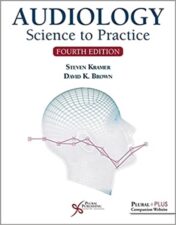
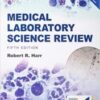
![IELTS (Academic) 5 in 1 Actual Tests eBook Combo (May – August 2022) [Listening + Speaking + Reading + Writing Task 1+ Task 2]](https://surgerybooks.net/wp-content/uploads/2022/09/webp-19-78-100x100.png)
